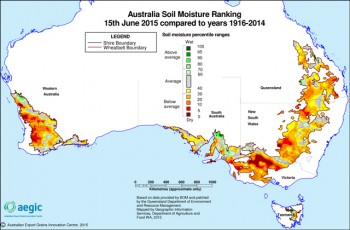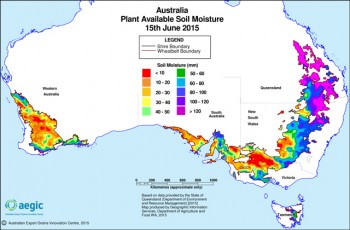MEDIA RELEASE
20 July 2015
GBA expands with new Albany office
Leading independent grains brokering business Grain Brokers Australia (GBA) has expanded its business with the opening of its first regional office in Albany.
The new office, which opened this week, will expand GBA’s on-ground presence, and provide grain growers greater access to grain selling opportunities throughout the Albany, Esperance and Bunbury port zones, and into domestic markets.
The office will be operated by experienced GBA grain brokers Chad Jefferis and Mike Saunders, who will both be based in Albany.
GBA provides grain growers with a full brokering and advisory service, to assist them in maximising returns from their grain sales. This includes price discovery, grain brokering and sales, domestic grain marketing, contract execution and harvest administration.
According to GBA General Manager, Jeff Winspear, the opening of the new office is a significant milestone for the business, and for grain growers in the region.
“Our business has grown considerably during recent years, and we are now very pleased to be opening our first regional office in Albany. We have a growing team who will now be more accessible to farmers across the southern areas of the state.”
“We are already working with a large group of farmers in this area. Now with the increasing grain production, an expanding number of marketing options and some exciting pricing opportunities at the moment, we are receiving more interest in our broking and advisory services.”
“We think having a local presence will enhance our service and reach, and help our clients capitalise on these marketing opportunities.”
“We would encourage growers who are in Albany to feel free to drop in the office and say g’day or introduce themselves to Chad and Mike, and discuss their grain marketing options.”
Chad Jefferis
Chad joined Grain Brokers in May 2015 with a wealth of experience in the agricultural industry. Chad was born and raised in the Great Southern, from the Dumbleyung Wagin area, where he lived and worked on the family farm. Chad has spent the past three years working with Emerald Grain as a grain merchant looking after growers in the Albany and Esperance zones, where he has developed a passion and extensive knowledge of the grain sector.
Mike Saunders
Mike joined the Grain Brokers Australia team in early 2014. After completing an Agricultural Management degree at University in 2001, Mike returned to the family farm in Zimbabwe, where he ran the business for five years producing wheat, barley and corn. He and his family migrated to WA in 2006. For the past nine years Mike has been working as a key account manager, servicing clients throughout the great southern and central wheat belt. Mike has always had a passion for the grain marketing industry and has actively been following the grain market since his arrival in WA.
Albany office details:
12 Peels Place, Albany WA 6330
Phone 08 93672866
Chad 0448 440 177
Mike 0455 111 779

GBA brokers Chad Jefferis (left) and Mike Saunders in front of the new Albany office in Peels Place.
GBA media release – Albany














